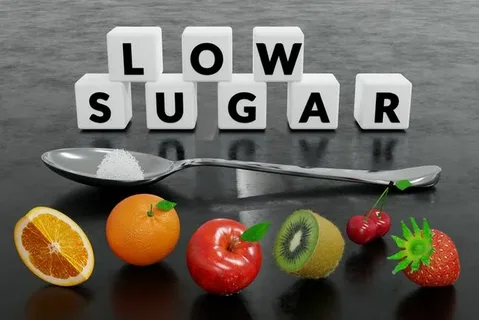
Inflation Impact: Consumers Feel the Pinch as Food Prices Surge
Consumers across the globe are experiencing the pinch of soaring food prices, as inflation takes its toll on household budgets. The surge in food prices has become a matter of concern, prompting a closer examination of the factors driving this upward trend and the impact it has on individuals and families. Let’s delve into the details and shed light on the inflation impact that consumers are feeling as food prices continue to rise.
Factors Driving Food Price Surge
Several factors contribute to the surge in food prices, creating challenges for consumers to manage their day-to-day expenses. One of the primary drivers is the increase in production costs. Rising costs of labor, energy, and raw materials, along with supply chain disruptions, contribute to the overall increase in food prices. Fluctuations in global commodity markets and the impact of climate change on agricultural productivity further exacerbate the situation.
Extreme weather events, such as droughts, floods, and heatwaves, disrupt crop production, leading to decreased yields and reduced supply. The resulting scarcity puts upward pressure on food prices, affecting both staple crops and perishable goods. Additionally, changes in trade policies, export restrictions, and geopolitical tensions can create imbalances in supply and demand, further driving up prices.
Impact on Consumer Budgets
The surge in food prices has a direct impact on consumer budgets, straining household finances and affecting purchasing power. As food is a fundamental necessity, a significant portion of household income is allocated towards meeting nutritional needs. The increase in prices reduces the purchasing power of consumers, forcing them to spend a larger portion of their budget on essential food items.
Low-income households and vulnerable populations are particularly affected by rising food prices. As a larger proportion of their income is dedicated to purchasing food, they face increased financial hardship and may struggle to afford an adequate and balanced diet. This can lead to food insecurity, malnutrition, and compromised health outcomes.
Adjusting Consumption Patterns
In response to the surge in food prices, consumers often resort to adjusting their consumption patterns and making trade-offs in their food choices. This may involve substituting expensive food items with more affordable alternatives, reducing portion sizes, or cutting back on certain food categories. However, such adjustments can compromise the nutritional quality and variety of diets, potentially impacting overall health and well-being.
Consumers may also seek out discounted or sale items, purchase in bulk to take advantage of lower unit prices, and prioritize lower-cost food options. However, these strategies may not always be feasible or accessible for all individuals and families, particularly those with limited resources or living in areas with limited food options.
Seeking Value and Affordability
As food prices continue to surge, consumers are actively seeking value and affordability in their food purchases. This includes comparing prices across different retailers, exploring discount stores, and shopping at farmers’ markets or local produce stands. Some consumers may opt to grow their own food through home gardens or participate in community-supported agriculture programs to access fresh produce at lower costs.
Furthermore, consumers are increasingly looking for cost-effective ways to reduce food waste and maximize the use of ingredients. Meal planning, proper storage, and creative cooking techniques can help stretch food budgets while minimizing waste. By being mindful of their food choices and adopting cost-saving strategies, consumers can navigate the inflation impact and make the most of their resources.
Government and Policy Interventions
Governments and policymakers play a crucial role in addressing the challenges posed by surging food prices and mitigating their impact on consumers.










